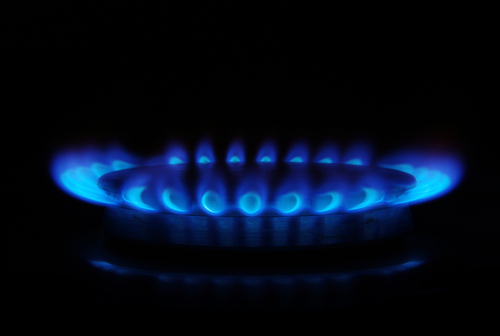Written on: May 27, 2024
 While both propane and natural gas can be used for many of the same things, they aren’t interchangeable. In fact, there are a lot of differences between the two fuels—and the value they provide.
While both propane and natural gas can be used for many of the same things, they aren’t interchangeable. In fact, there are a lot of differences between the two fuels—and the value they provide.
Chemically, propane is a byproduct of crude oil and natural gas. It’s nontoxic, colorless, and odorless, and it’s usually compressed and stored in liquid form. That’s why propane is usually measured in gallons. It’s also called liquid propane gas, or LPG.
Natural gas is a mixture of gases: mostly methane, a powerful greenhouse gas, as well as propane, butane, and ethane. It is an odorless, colorless, nontoxic hydrocarbon extracted from below the earth’s surface. Natural gas is measured in therms, which is 100 cubic feet of gas, or about 100,000 Btus (British Thermal Units) of energy.
And that’s where you start to see the big difference between the two.
Technically, both propane and natural gas burn at the same temperature—3,560˚ Fahrenheit—but unit-for-unit, propane delivers much more heat energy than you get from natural gas.
One cubic foot of propane generates approximately 2,520 Btus of heat. One cubic foot of natural gas generates less than half as much, at about 1,012 Btus of heat. (One Btu is the amount of energy needed to increase the temperature of one pound of water by 1˚ Fahrenheit.)
In basic terms, propane delivers more than twice the Btus of natural gas, so you need much less propane to produce the same amount of heat or energy. Propane also generates more Btus than an equivalent amount of electricity. That makes propane a great value. In fact, according to the U.S. Department of Energy, homes that heat water with propane rather than electricity can see average annual savings of $174.
While natural gas does have lower emissions of carbon monoxide and nitrous oxides than other fossil fuels, it still emits them. The fact is that burning anything will produce carbon monoxide and particulate matter. Another concern is about the amount of methane being released from natural gas sources indoors, in cooking stoves as well as gas fireplaces. This is particularly concerning because methane is an extremely potent greenhouse gas and makes up a vast majority of natural gas content. However, propane does not contain methane and is not a greenhouse gas!
The most obvious difference between propane gas and natural gas is the delivery method. Natural gas comes from a local utility and is delivered to your home via an underground system of pipelines. If you are within the service area, natural gas can be a convenient option, but connecting can be expensive and require excavation and installation of pipes from the main line to your home. Propane is delivered in a truck from your chosen propane dealer and is stored in a tank at your home or business.
Whether you are remodeling your existing place, shopping for a new home, building your dream house, or just looking for ways to reduce your carbon footprint, propane provides great value thanks to its heating power, its efficiency and versatility.
The experts at Pico are always happy to answer all your questions and help make adding propane to your South Florida home easy. We provide great propane services like on-time deliveries, wireless tank monitoring service, smart payment plans to help keep costs manageable and so much more.
Contact us to learn more and become a customer today.